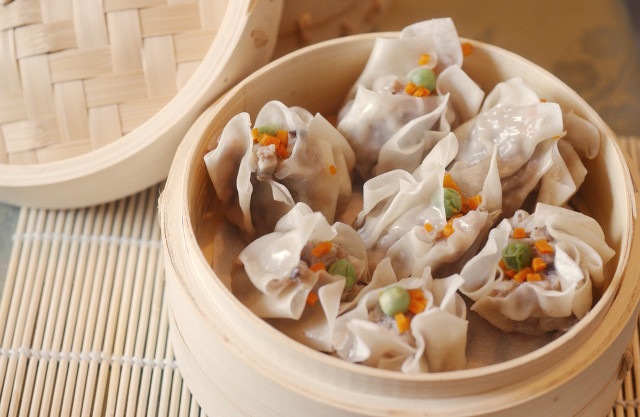
Applicable months
Babies aged 10 months and above.
Before adding mixed ingredients, please make sure that each ingredient has been added separately to the baby and is not allergic.
Preparation of ingredients
Flour, lean pork (chopped), thousands of thin pieces (diced), carrots (diced), onions (diced), black fungus (diced), black rice + glutinous rice (soaked in the refrigerator for one day in advance for easy cooking)
Seasonings and side dishes
Segments of scallion, garlic, camellia oil, sesame oil, rapeseed oil
(Note: If you want to give it to babies under 1 year old, you can chop it up and do not add seasonings.)
Manufacturing method
1. Dough: Dumplings or steamed dumplings need to be kneaded. Steamed buns need to ferment the dough. After the dough is kneaded, stuffing can be prepared between the wakes.
2. Stuffing: Chop and dice all kinds of materials and stir evenly.
3. Rolling out dough: This is a technical job. Rolling out to the appropriate size and thickness as needed is enough. The dough for steamed dumplings is thinner than that for dumplings.
4. Bag: It’s really casual to wrap it like what. Practice makes perfect. More bags will look better. At first, just make sure it doesn’t spread out. Also pay attention to the small size of the bag, which is convenient for the baby to eat and take, and is not easy to cause waste.
5. It takes a lot of time to do it once, but fortunately, it can be frozen and preserved quickly and can be eaten several times. Overall, it still saves time. After dumplings are ready, they can be directly put into the freezer of the refrigerator for quick freezing. Steamed buns (steamed buns) can be quickly frozen while hot after steaming. When eating, they can be steamed or boiled with 2-3.
Recipe tips
Steamed buns, dumplings and other foods can be made with rich ingredients to increase the diversity of daily meals.
Take the recipe in this article as an example, Flour and black rice, glutinous rice can provide carbohydrate and cereal protein, Pork and thousands of pieces (bean products) provide high-quality protein and fat-soluble vitamins and minerals, carrots, onions and black fungus provide water-soluble vitamins, minerals and dietary fiber, vegetable oil provides unsaturated fatty acids and vitamin E, onion, garlic, sesame oil and onion can enhance flavor and flavor of food.
Quick freezing is also a storage method that has less loss of nutrients in food. If you are worried about the shortage of vitamins and dietary fiber, you can cut some fresh vegetables and put them in when cooking.
Although steamed buns and steamed dumplings that need to be heated repeatedly will lose some nutrients, mainly vitamin C and a small amount of B vitamins, the loss is limited, and the main nutrients including protein are not lost, which can also be made up with some fresh vegetables and fruits.
